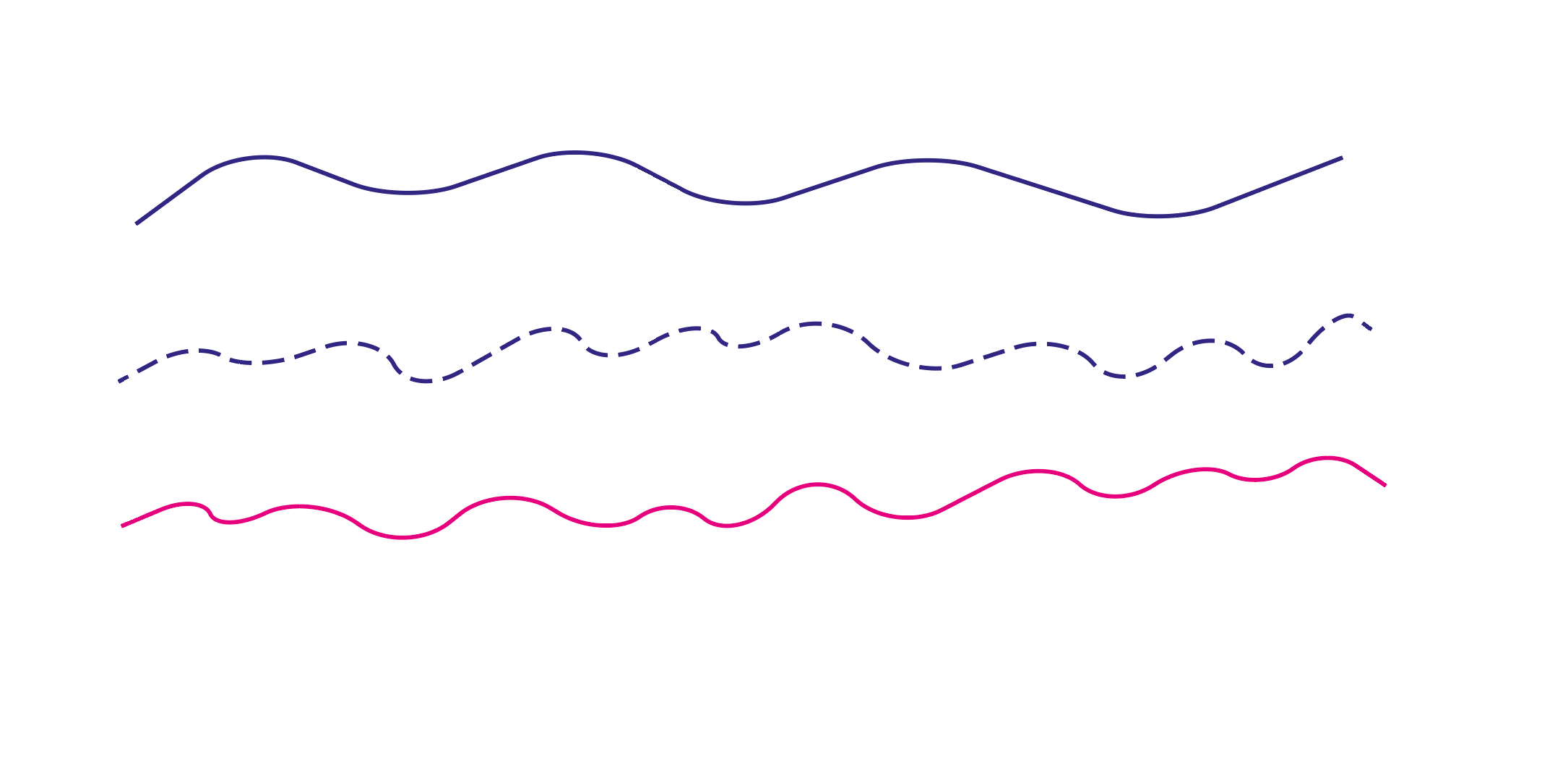How would one create a new line that lies right in the middle between two existing lines? Imagine that we have the blue and pink lines below, they are parallel but not identical, and we want to find the centre (doted) line between them.
I was thinking one could AreaBuild the lines and then chop the resulting polygon into shorter segments, use a CentrePointReplacer on the segments and then finally connect the points. But before I dive down that rabbit hole I was wondering if there was a more efficient method to achieve this?











